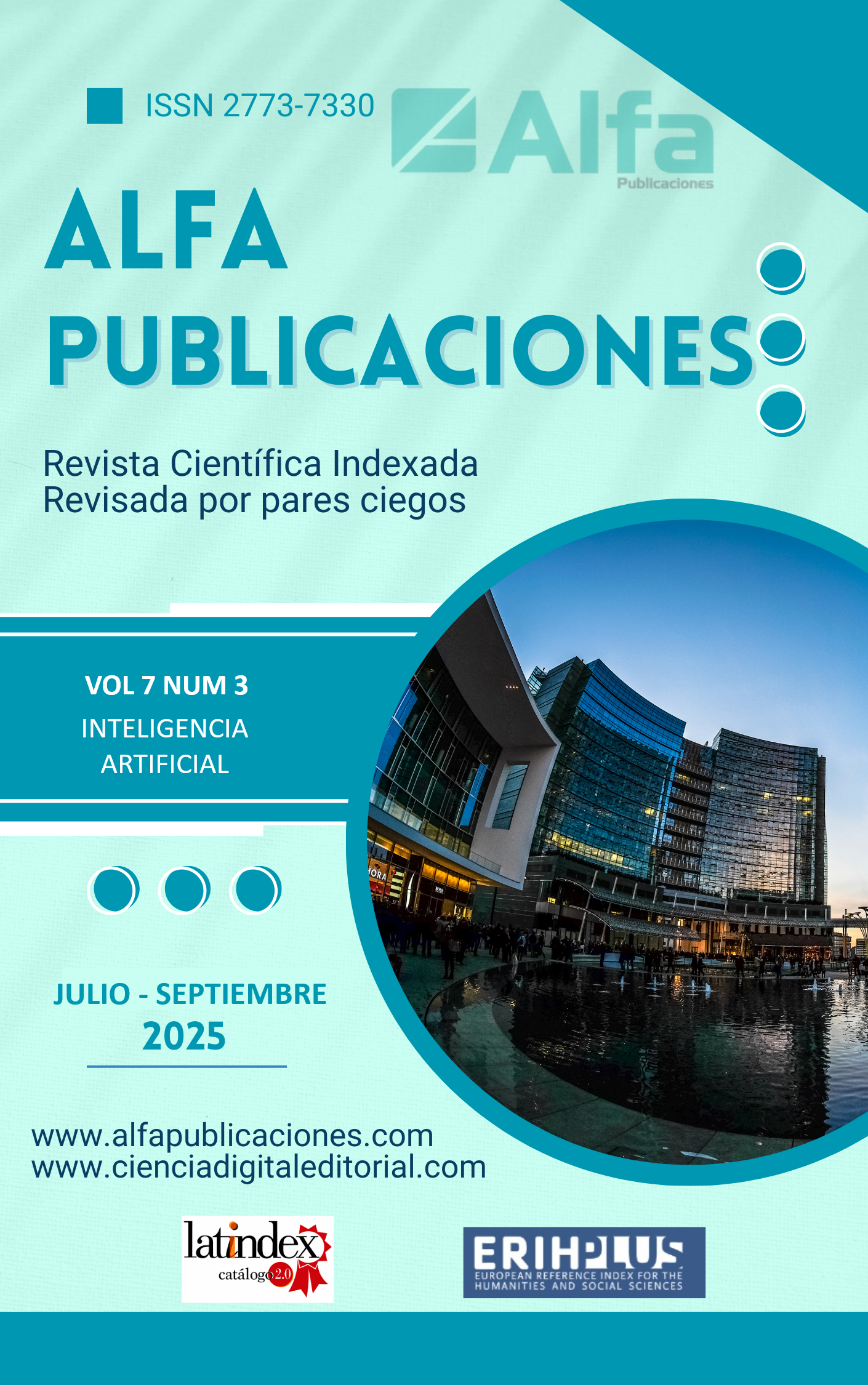Estimation of organic carbon released by burning vegetation in paramo, San Juan parish, Chimborazo
Main Article Content
Abstract
Introduction. The paramo ecosystems are among the most important carbon reservoirs in high mountain regions, playing a fundamental role in regulating the global carbon cycle and mitigating climate change. These unique ecosystems, characterized by their high carbon storage capacity in both plant biomass and organic soils, are facing increasing anthropogenic pressures, including the use of fire as a traditional management tool. Objective. This study focused on estimating the organic carbon content released by a controlled vegetation burn in the páramo ecosystem of the Pasguazo community, San Juan parish, Chimborazo province. Methodology. The study area covered 100,035 m² and included three transects, each divided transversely into six quadrants measuring 0,5 m x 0,5 m, with 2 meters between each quadrant. Three quadrants were assigned to the burned area and three to the unburned area. Total organic carbon was determined at two depths: 0–5 cm and 5–10 cm, along with necromass and aboveground biomass (in t ha⁻¹), and fire intensity per quadrant to estimate the amount of organic carbon released. Physicochemical soil properties were analyzed before and after the burn. Statistical analysis included testing for normality and homogeneity of variances, followed by a student’s t-test. Results. The study showed no significant differences in physicochemical properties or organic carbon content before and after the burn. However, at the 0–5 cm depth, the burned area showed a slightly higher mean total carbon content (18.01 t ha⁻¹) compared to the unburned area (17,84 t ha⁻¹). Fire intensity was classified as low. Lastly, the physicochemical characterization of the soil indicated favorable conditions for the regeneration of herbaceous vegetation in the evaluated páramo ecosystem following a controlled burn. Conclusion. It was determined that in the area subjected to controlled burning, the 0–5 cm soil layer had a higher mean organic carbon content (18,01 t ha⁻¹) compared to the unburned area (17,84 t ha⁻¹). General Area of Study: Forest Sciences. Specific area of study: Soils. Type of study: Original articles.
Downloads
Article Details
dssfdsf
dsfdsf

